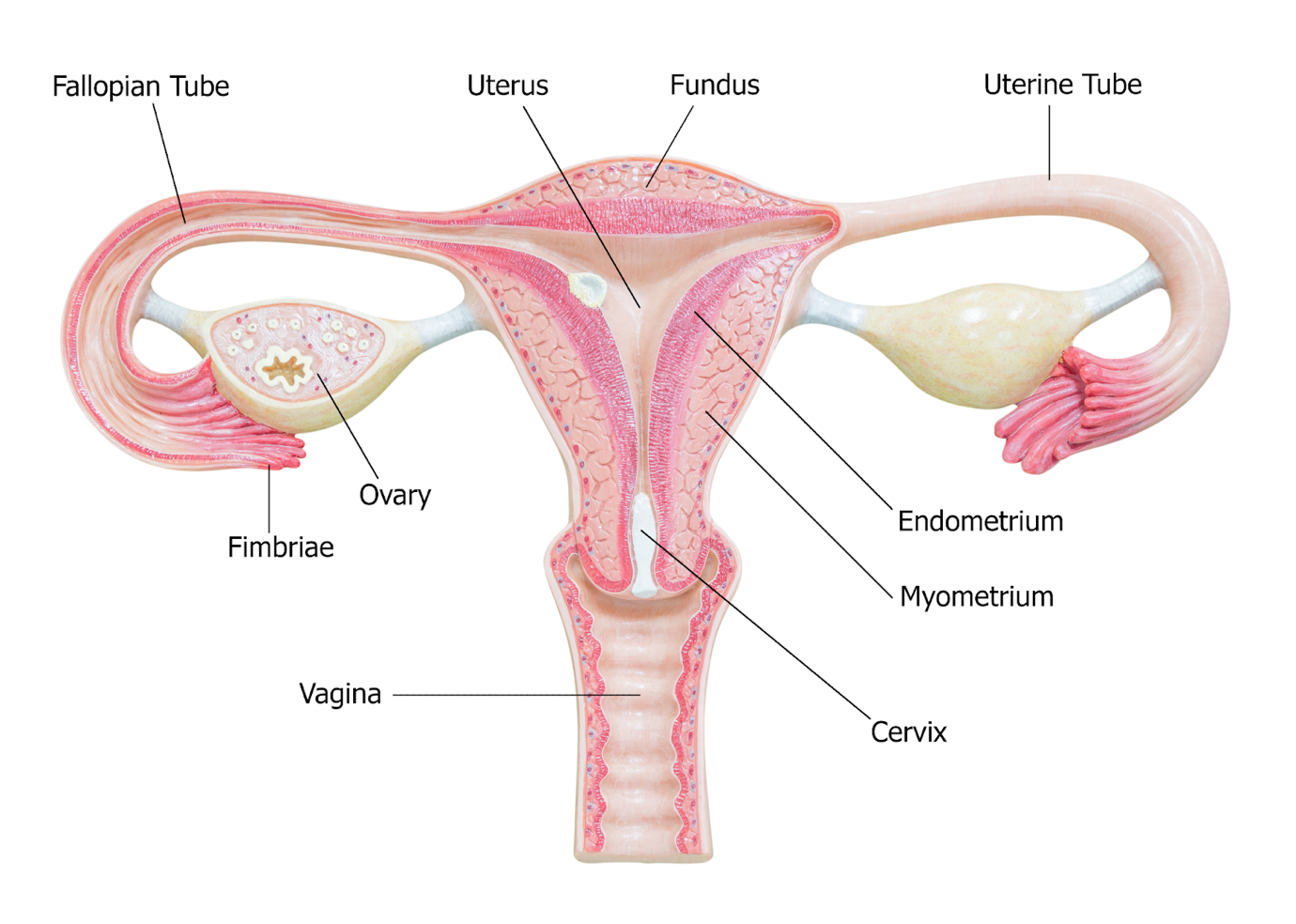Sexual intercourse, also known as copulation, is a fundamental process in the reproduction of many organisms. This act involves the transfer of sperm from the male reproductive system into the female reproductive tract via the penis, which serves as the external genitalia in males.
When copulation is successful, it can lead to the fertilization of the egg released by the ovary. This process is a key aspect of internal fertilization, which enhances the likelihood of the sperm meeting the egg.
The specifics of copulation, including its duration and methodology, can vary widely among different species. For example, liver flukes, which are hermaphroditic organisms, both donate and receive sperm during copulation.
In humans, the penis functions as the copulatory organ, delivering sperm into the female reproductive system through the vagina.

Successful copulation results in fertilization of the ovca released from the ovary. Copulation is part of internal fertilization which increases the chances of fertilization.
Frequently Asked Questions
During copulation, the male inserts his penis into the female's vagina. This leads to sexual stimulation and the release of semen, which contains sperm, into the female's reproductive tract.
Copulation is also commonly referred to as sexual intercourse or mating.
The main steps in copulation are:
1) the male and female make physical contact,
2) the male inserts his penis into the female's vagina,
3) the male experiences sexual stimulation leading to ejaculation of semen, and
4) the semen is deposited in the female's reproductive tract
Copulation and mating are generally synonymous terms that refer to the act of sexual intercourse. The main difference is that mating is more commonly used to describe the sexual behavior of animals, while copulation is a more scientific or formal term that can apply to both humans and animals.
The time between copulation and fertilization or pregnancy can vary greatly depending on the species. In humans, pregnancy typically occurs within a few days after copulation, as the sperm can survive in the female reproductive tract for up to 5 days.